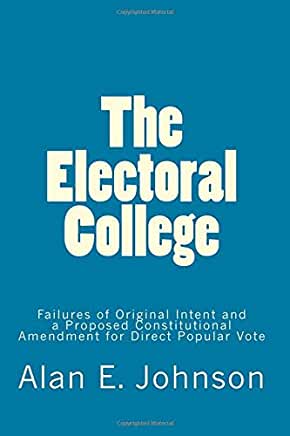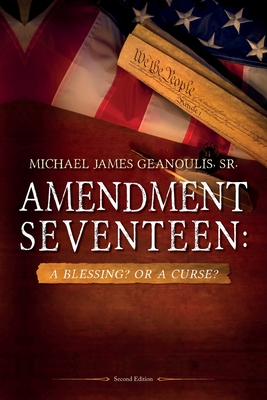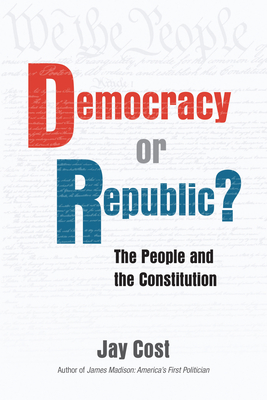
Johnson, Alan E.
The dispute over the Electoral College goes back to the beginning of the American republic. James Madison and James Monroe were among the delegates who attended the 1788 Virginia convention called to decide whether that state should ratify the United States Constitution proposed by the Constitutional Convention the preceding year. Monroe objected to what was later called the Electoral College, stating that this unusual institution would make the president dependent upon the state governments instead of the people. Madison, who had been a leading member of the Constitutional Convention, replied that the mode of presidential election adopted at that time was judged most expedient until experience should point out one more eligible. Far from being a firmly settled matter, Madison implicitly suggested that a constitutional amendment abolishing the Electoral College in favor of direct popular vote might someday be warranted.
The present book asks whether that day has now arrived. The election of 2016 resulted in an Electoral College victory for Donald J. Trump. He lost the popular vote, however, by almost three million votes. Never before had there been such a disparity between a presidential winner's electoral and popular votes. Although popular votes cast in a presidential election are not purely representative of what a candidate's popular vote would have been in the absence of the Electoral College, that statistic is a kind of heuristic that provides significant information.
Some commentators treat the Electoral College as the equivalent of holy writ. This book begins with the debates in the Constitutional Convention, showing the many different views that were expressed by the delegates and how the Electoral College evolved into the version embodied in the original Constitution. Their discussions indicated that this institution was designed to prevent demagoguery and foreign influence. The founders thought the electors, who were presumed to have more knowledge, wisdom, and integrity than the general voters, would independently deliberate and choose the president without reference to the views of ordinary people. This original concept was defeated by the rise of political parties and democratic politics, culminating in the fateful elections of 2000 and 2016, when the losers of the popular vote won the electoral vote and therewith the presidency.
The book then evaluates the current operation of the winner-take-all Electoral College and explains why-contrary to the mantra of many of its defenders-it is essentially different from the Electoral College conceived by the American founders. Major alternatives, other than direct popular vote, are analyzed. The final chapter sets forth the legal text of a proposed constitutional amendment for direct popular vote with instant runoff voting and explains, in layperson's language, what those provisions mean. It also discusses the advantages of such a system and responds to anticipated criticisms of the proposed amendment.
The argument is often made that a constitutional amendment abolishing the Electoral College has no chance of being adopted by Congress and ratified by the states. Times change, however, and what seems impossible today may not be impossible tomorrow-especially if we have several more elections in which the electoral vote winner is the popular vote loser.
member goods
notems store

Amendment Seventeen: A Blessing? Or ...
by Geanoulis, Michael James, Sr.
Paperback /Paperback$16.19






